NAD⁺ – Oxidized Nicotinamide Adenine Dinucleotide
Chemical Identity
Full Name: β-Nicotinamide adenine dinucleotide (oxidized form)
Synonyms: NAD⁺; oxidized NAD; coenzyme I
Molecular Formula: C₂₁H₂₇N₇O₁₄P₂
Molecular Weight: 663.43 g/mol
CAS Number: 53-84-9
Structure Type: Pyridine dinucleotide; contains nicotinamide, ribose, phosphate, and adenosine moieties
Charge: Zwitterionic under physiological pH
Biochemical Classification
NAD⁺ is an essential pyridine nucleotide and redox cofactor involved in a vast range of enzymatic reactions, primarily acting as an **electron carrier** in oxidative metabolism and a **substrate for sirtuins, PARPs, and CD38**. It exists in dynamic equilibrium with its reduced form NADH and plays key roles in **mitochondrial function**, **DNA repair**, **gene expression**, and **cellular signaling**.
Mechanism of Action
- Redox Reactions: NAD⁺ accepts two electrons and one proton to form NADH, functioning as a hydrogen carrier in glycolysis, TCA cycle, and oxidative phosphorylation.
- Sirtuin Activation: NAD⁺ is a required substrate for class III histone deacetylases (SIRT1–7), linking metabolism to epigenetic regulation and aging pathways.
- DNA Repair: Serves as a substrate for poly(ADP-ribose) polymerases (PARP1/2), which facilitate DNA damage response through ADP-ribosylation of nuclear proteins.
- Immunomodulation: NAD⁺ levels regulate CD38 and CD157 activity, influencing calcium signaling and inflammatory gene expression.
- Mitochondrial Biogenesis: Via NAD⁺-dependent SIRT1-PGC1α signaling, it enhances mitochondrial mass and oxidative capacity.
Molecular Interaction Summary
| Molecular Target | Effect | Mechanism |
|---|---|---|
| Sirtuins (SIRT1–7) | Promote deacetylation of transcription factors and histones | Substrate-level regulation |
| PARPs (e.g. PARP1) | DNA damage sensing and repair via ADP-ribosylation | Covalent ADP-ribose transfer |
| CD38/CD157 | Regulation of calcium signaling and immunometabolism | Hydrolysis and cyclization of NAD⁺ |
| Complex I (ETC) | Initiation of mitochondrial electron transport | Redox coupling NADH → NAD⁺ |
β-Arrestin Recruitment
NAD⁺ does not engage membrane-bound G protein-coupled receptors and is not associated with β-arrestin recruitment. Its activity is intracellular, involving redox reactions and substrate-level protein modification.
Pharmacokinetics (Non-Dosing)
- Route of Administration: Intravenous, intramuscular, subcutaneous, or intranasal (research and investigational use)
- Bioavailability: Poor oral bioavailability; injectable and nasal routes bypass first-pass metabolism
- Distribution: Rapid uptake into metabolically active tissues; NAD⁺ pool dynamically maintained in cytosol and mitochondria
- Half-Life: Varies by tissue; tightly regulated through synthesis (NAMPT) and degradation (CD38, PARPs)
- Excretion: Via renal clearance of nicotinamide and ADP-ribose derivatives
Stability and Storage
- Form: Crystalline powder or lyophilized salt
- Solubility: Water-soluble (≥50 mg/mL); unstable at alkaline pH
- Storage: Store at –20°C dry; protect from light and moisture
- Reconstitution: Use sterile water or PBS (pH 5.5–6.5); refrgerate after reconstitution
References
- Ying W. NAD+/NADH and NADP+/NADPH in Cellular Functions and Cell Death. Antioxid Redox Signal. 2008;10(2):179–206.
- Verdin E. NAD⁺ in aging, metabolism, and neurodegeneration. Science. 2015;350(6265):1208–1213.
- Bogan KL, Brenner C. Nicotinic acid, nicotinamide, and nicotinamide riboside: molecular mechanisms and metabolism. Annu Rev Nutr. 2008;28:115–130.
- PubChem CID 5892 – NAD⁺. PubChem
